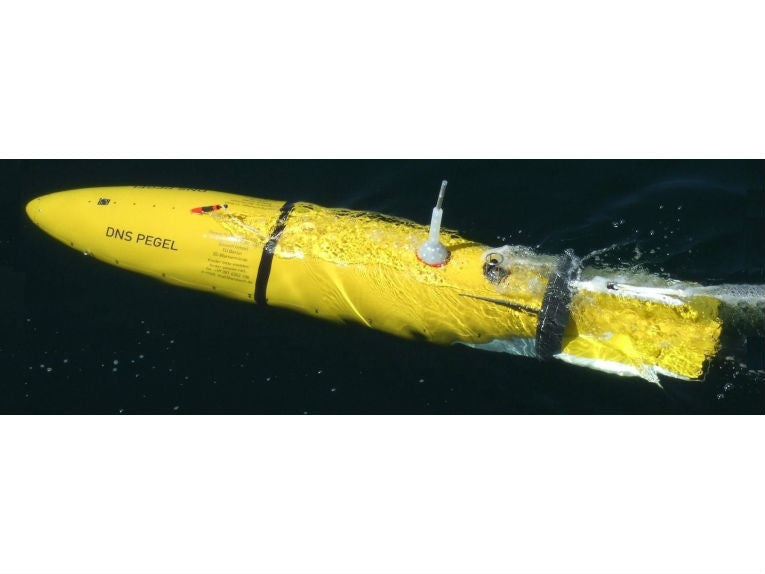A mini-submarine shaped like a penguin has been created to explore life 6,000 metres under the sea. The yellow Autonomous Underwater Vehicle (AUV) has been developed to combat the high pressure in the ocean depths by a team at the Technical University of Berlin.
The vehicle weighs just 500 kilograms, is 3.5metres long and is much cheaper to create than alternative craft. It is specially made so its interior can be flooded.
Professor Heinz Lehr, from the Institute for Construction, Micro and Medical Technology at the university and who headed up the development of the micro-technology along with Germany's Federal Economics Ministry, says, "The form of our new AUV is modelled on the body of penguins.
He says, "The pressure-neutral underwater technology requires no expensive vacuum chambers. The hull is made of a titanium frame, which is lined with foam as buoyancy and surrounded by a plastic envelope, which reduces the driving resistance in the water."
There could be several thousands of new creatures and valuable raw materials waiting to be discovered deep under the sea, where few craft have so far been able to reach.
A prototype submersible has already been tested in the Baltic and in 2012 it will dive to 6,000 metres in the Atlantic off the west coast of Africa. The €4.7million (£4million) project to create an AUV to reach a depth of 6,000 metres lasts until the end of 2013.
Even when diving to a few thousand metres, submarines must be able to combat pressures of over 600bar and corrosion caused by the sea water. AUVs are mainly used in the commercial sector to check deep sea oil pipelines, locate valuable sunken ships and find oil.
Many are contained in a heavyweight steel hull to resist the water pressure, but it makes them difficult to repair. The pioneering 'penguin-shaped' German craft has a titanium frame, surrounded by foam. The shape of its hull helps reduce water resistance and can easily be accessed if repairs are required.
The electronics are encased in silicon to prevent water damage and the onboard video cameras contain some liquid to help balance the pressures.
The craft can run continuously for 50 hours thanks to its electric motor, which relies on lithium ion batteries. If necessary, if can be instructed to go into sleep mode, where it can stay on the sea floor until it needs to be reactivated using the submarine's computer.
The AUV can pick up items using a claw on the end of a mechanical arm. "You have to be able to get hold of the gold bars in the shipwreck after all," Professor Lehr adds.
© The Earth Times/dpa
href="https://earthtimes.org/index.html">Homepage









